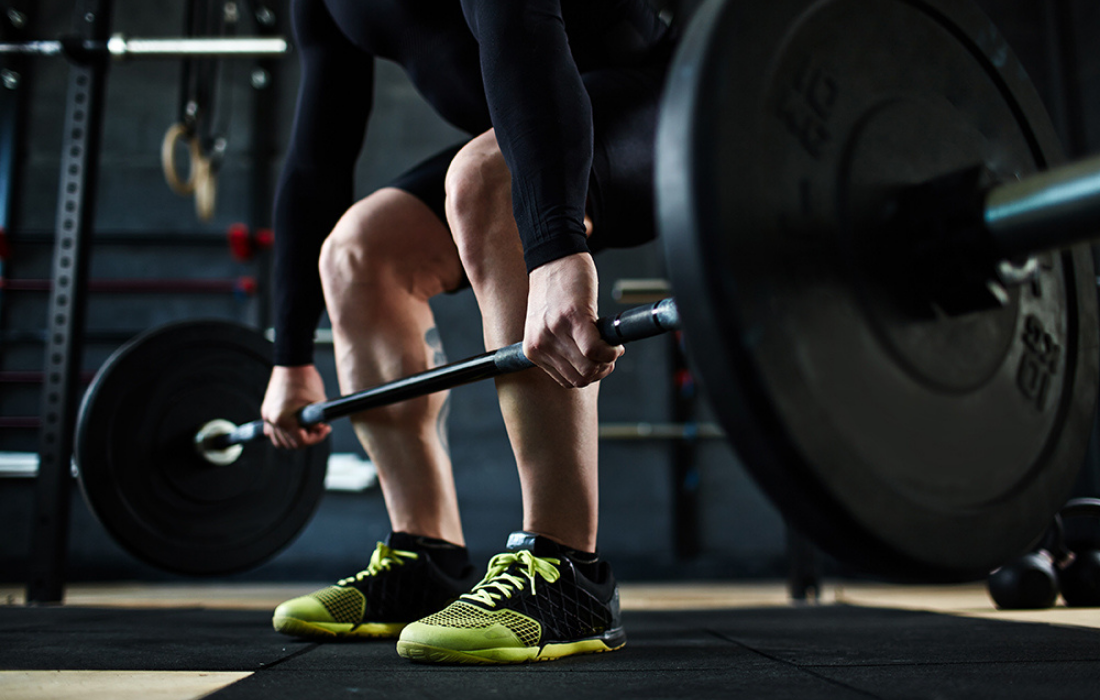The Three Conditioning Questions You Need to Ask Yourself

Conditioning is one of the most crucial elements in keeping an athlete safe. It goes way beyond maintaining performance late in a game. One of the easiest ways to recognize athletes with poor conditioning is to look at the athletes with who are injured. The three considerations for sports are:
- What type of energy does my sport require?
- What season am I in?
- What type of conditioning should I be doing?
What type of energy does my sport require?
Conditioning refers to the mental and physical ability to perform the activity. Each activity has an associated cost requirement the body has to meet that goes beyond calories. In fact, there are three unique energy systems to consider: aerobic, anaerobic and explosive.
With proper conditioning, your body can meet the requirement of the activity/sport. As the activity continues, these stores may become depleted and your body produces factors of fatigue such as lactic acid. Proper conditioning allows your body to prevent excess acid build up and maintain a high level of performance. You won’t become a better sprinter (anaerobic) by focusing on long distance running (aerobic) training. That is why it is important to understand the requirements of your sport. Are you running long distance, jumping or sprinting? How long are you doing this activity for in sport? For a track sprinter, for example, you will need to increase your intensity and frequency of sprinting as you approach your season. This leads us to our next important factor in conditioning.
What season am I in?
Now that you have an idea of what type of energy your sport requires for success, you must now consider what season you are in. There are four parts in every athlete’s season:
- Pre-season (prep)
- In-season (sports specific conditioning)
- Post-season (peaking/maintaining)
- Off-season (recovery/development)
In the off season, your body needs to recover. The general goal is to undue the stress of the season while building the foundation for the next season. Getting bigger, stronger, lighter or heavier occurs primarily in this phase. In the pre-season, you start to train their energy systems for the approaching season. It’s time to develop the aerobic/anaerobic/explosive energy with a specific focus on the sports skills required. In-season is when you focus primarily on sports-related skills and activities; your body is now primed and ready to compete. Post-season is when your try to yourself to maximize your efforts during the biggest tournaments/games.
What type of conditioning should I be doing?
Proper conditioning can have a positive impact just as improper conditioning can have a negative impact. To be conditioned for sports, you should consider each phase of your season. What body type (general conditioning) is best for your position in sport? Is running aerobically or anaerobically best for your sport? (metabolic conditioning)
Then, it is time to get specific and start thinking about what the norms are for your sport, including selecting the best tests/drills to ensure you are in shape for the season. Now, acquiring new and refined sports skills becomes easier. This minimizes the risk of injury because you are primed to handle the stress of your sports activity.

